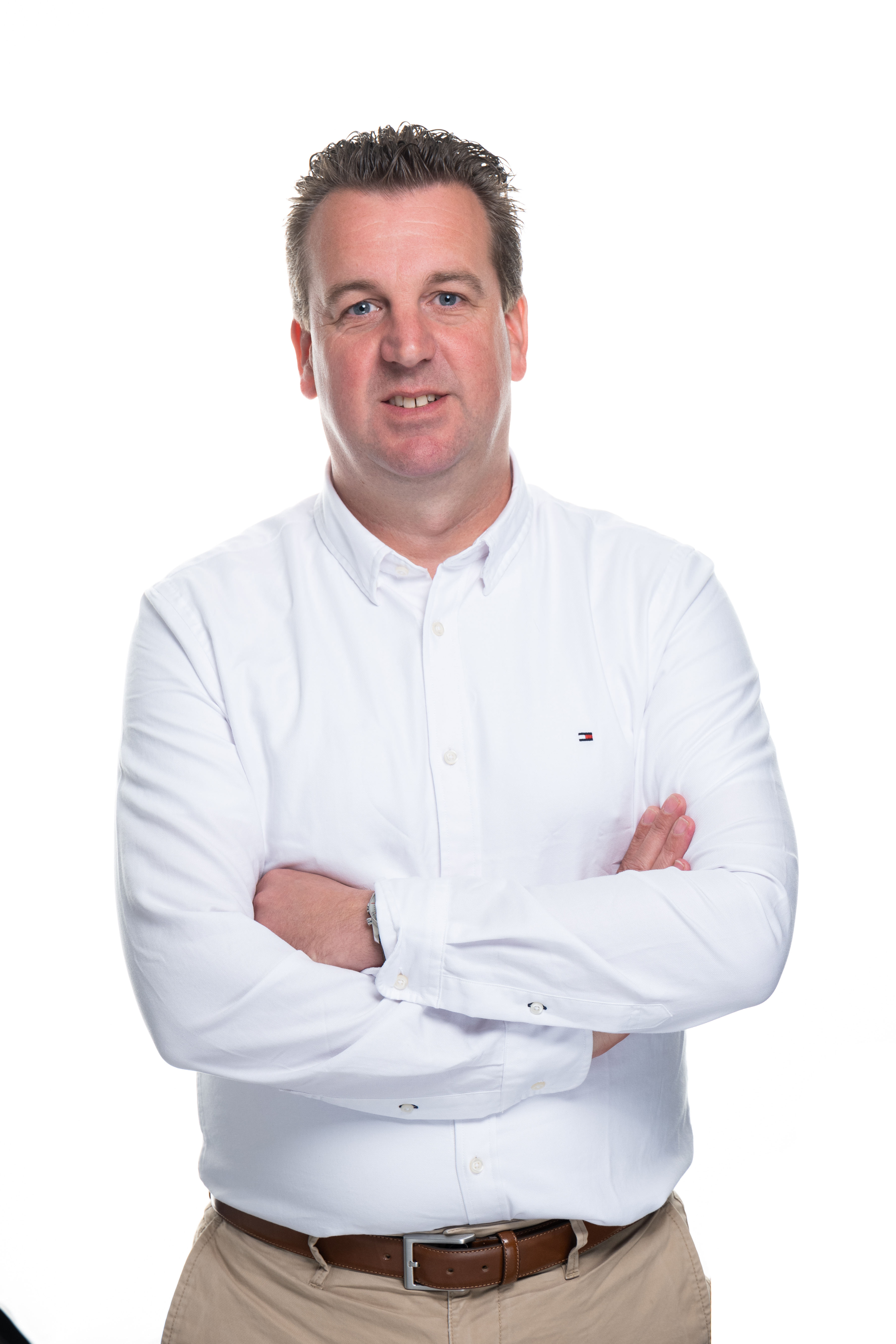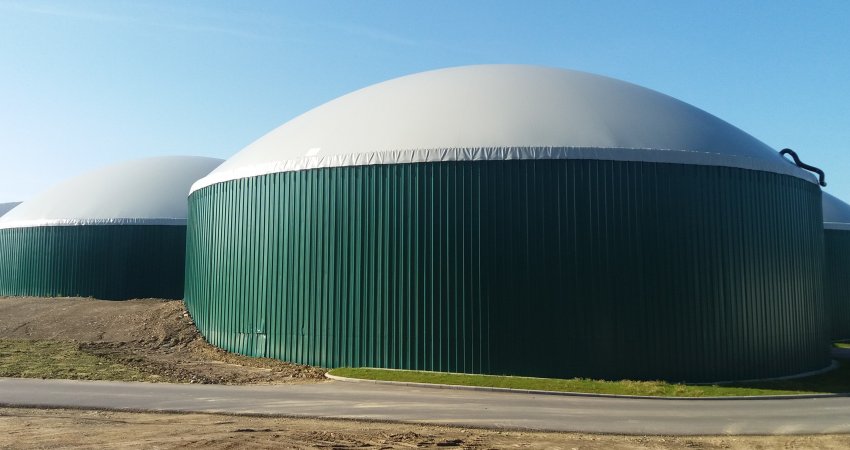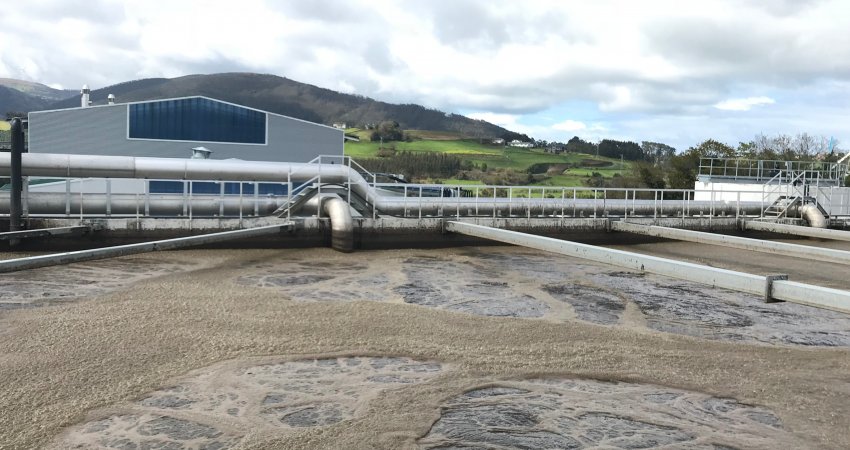Manure valorisation Navia
-
Navia, Spain
2016
Processing capacity:
420,000 tonnes per year
Manure volume:
365,000 tonnes per year
Co-product volume: 55,000 tonnes per year
Digestion volume: 26,000 m3
Biogas production: 2,000 m3 per hour
Energy output: 4.5 MW(e)
Fertiliser production (dried): 23,000 tonnes per year
Struvite production: 400 tonnes per year
Surface water discharge: 1,200 m3 per day
Uncontrolled use of manure
Due to its large number of livestock farms, the North of Spain is facing a major problem; the region produces so much manure that the farms’ storage tanks are overflowing. The uncontrolled use of manure does not just have a detrimental effect on farmers, but also negatively impacts other sectors;
Agriculture:
Soil nitrification resulting from the use of manure with the wrong composition as a fertiliser
Tourism
Negative impact on tourism due to foul odours
Public health
Dissemination of pathogens
Groundbreaking project
This situation gave rise to an initiative to realise a manure processing system for more rational manure management. This groundbreaking project is backed by a consortium of public and private organisations, which
has contracted Colsen and its partner Ahidra in a joint-venture capacity based on their experience with similar projects and the added value of Colsen technologies. The following Colsen technologies contributed to this technically and economically feasible manure processing system:
- Thermophilic manure digestion with DIGESTMIX®
- Biogas treatment (BIDOX®) and biogas conditioning
- Nitrogen removal and organic matter removal with MBR-NAS®
- Phosphate removal (ANPHOS®)
The manure digestion and digestate treatment system was built in Navia, a Spanish municipality in the province of Asturia. The system is situated next to an existing paper factory on a plot measuring approx. 3 hectares (30,000 m2), where it helps solve one of the greatest threats facing our climate today. Thanks to a smart combination of technology and know-how, complex waste streams are converted into energy, nutrients (in the form of bio-fertilisers) and clean effluent, entirely harmonised with the strictest environmental regulations.
Technologies
In order to achieve the desired result, two key process components were combined: thermophilic digestion and digestate treatment.
The system is fed with various incoming products, generally consisting mainly of cow manure enriched with a wide range of co-substrates. The manure is delivered daily and buffered in the designated storage tank. Any co-products, consisting mainly of primary and secondary sludge from the dairy industry, the communal water treatment plant and slaughterhouse waste are briefly buffered and fed into the feed system, where the various products are blended and fed into 4 thermophilic digesters.
Ideal situation
In order to create an ideal environment for thermophilic digestion, it is crucially important to maintain a good blend and a stable temperature. In order to create this blend and keep the temperature at 52°C, the 4 manure digesters are equipped with 3 DIGESTMIX® systems. The biogas produced by this system contains various components, including H2S, but before the biogas can be used to fuel as CHP system, its H2S concentration must be lowered. To do this, Colsen uses its proprietary biogas treatment system (BIDOX®), based on a biological desulphurisation technique that sustainably lowers H2S levels. After this step, the biogas can be used in the CHP system.
From digestate to high-quality fertiliser
The digestate remaining after the digestion process is separated into a solid and liquid fraction with a decanter centrifuge, after which the solid fraction is dried in a belt dryer. The dryer dries and stabilises the solid fraction by using the heat generated by the CHP system, so that it can be used as a high-quality fertiliser throughout Spain. This fertiliser has an optimal NPK ratio and, unlike manure, contains no pathogens and emits zero odour.
Final treatment step
The liquid fraction is treated in an aerobic nitrogen removal system (SBR-NAS®), which also features a membrane system to separate the sewage sludge from the water. In order to obtain effluent that can ultimately be discharged into surface water, the remaining phosphate is removed in a final treatment step that uses a proprietary Colsen technology based on struvite precipitation (ANPHOS®).

Would you like to know more?
Ask
Boris
Boris Colsen, Managing Director

